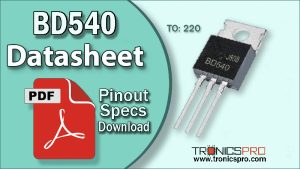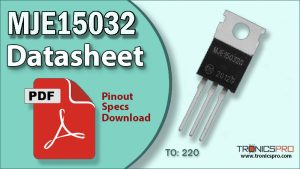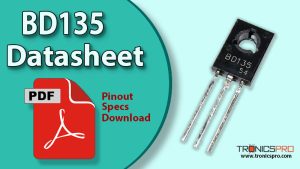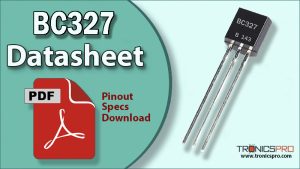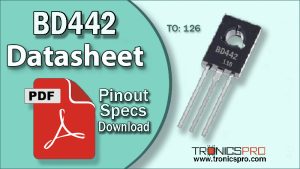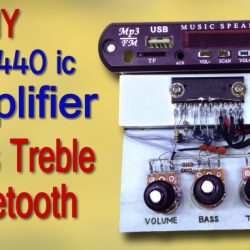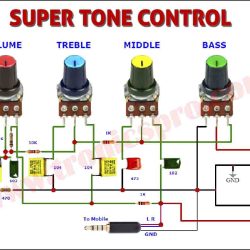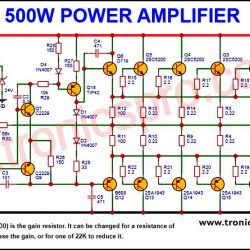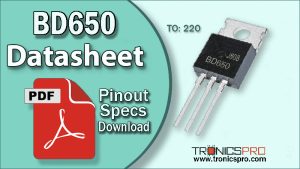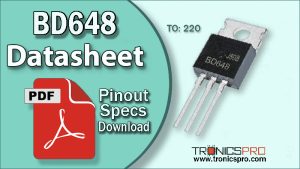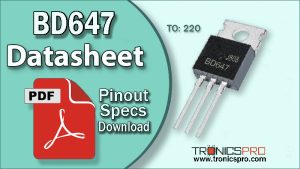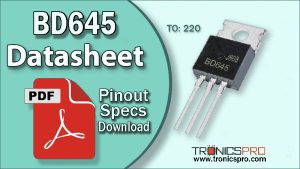The BD676 is a high-gain PNP Darlington power transistor in a TO-126 package, designed for medium-power amplification and switching use. This guide explains the BD676 pinout, datasheet details, working principle, equivalents, and key applications to help you use it effectively in electronics projects.
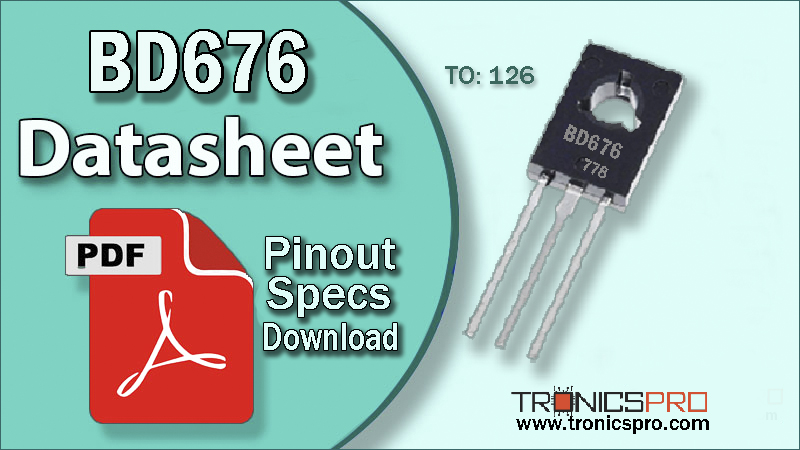
Introduction to BD676 PNP Transistor
The BD676 is a PNP Darlington power transistor built for medium-power switching and amplification. It belongs to the BD6xx series, well-known for high gain, thermal stability, and versatility in both consumer and industrial electronics.
Housed in the TO-126 package, the BD676 provides reliable heat dissipation while maintaining a compact footprint — ideal for audio amplifiers, relay drivers, and DC motor control circuits.
Being a Darlington-pair configuration, it combines two PNP transistors internally to achieve an exceptionally high DC current gain (hFE). This allows large collector currents to be driven using minimal base current input, improving circuit efficiency. The BD676 typically pairs with the BD675 NPN transistor to form complementary push-pull amplifier stages or full-bridge motor drivers.
BD676 PNP Transistor
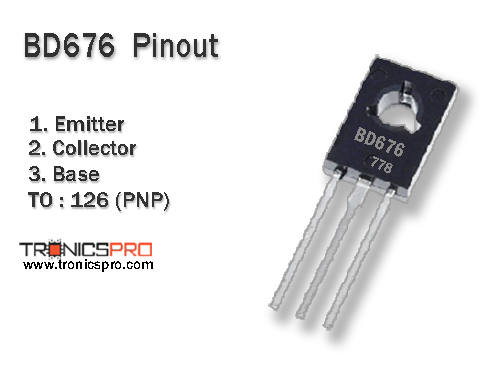
Pinout of BD676
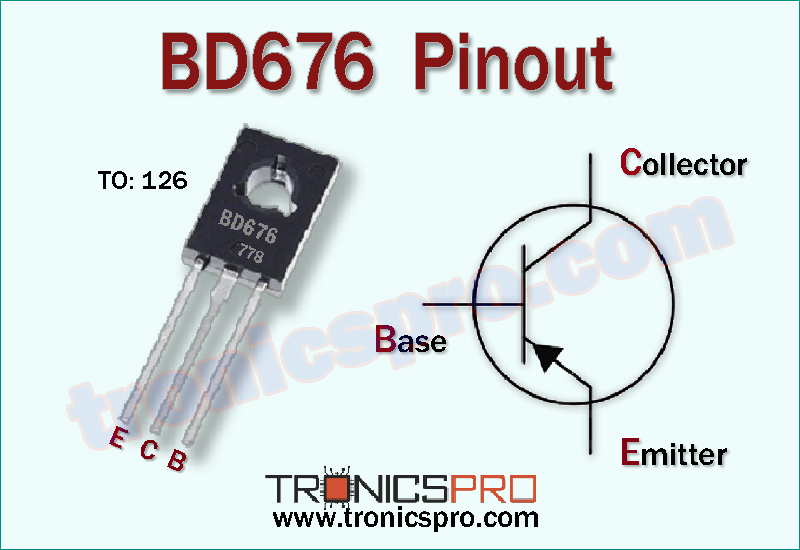
Understanding the BD676 Pinout Configuration
Like other TO-126 devices, the BD676 pinout follows a simple three-lead configuration. Correct identification of each pin is vital to ensure proper operation, especially when replacing an equivalent transistor or wiring it on a PCB.
Pin Configuration of BD676 Pinout
| Pin# | Pin Name | Pin Description |
|---|---|---|
| 1 | Emitter | Current output return to load or ground |
| 2 | Collector | Connected to load or supply |
| 3 | Base | Controls transistor biasing |
Key Features of BD676 Transistor
- Darlington-pair PNP configuration for high current gain
- Medium power handling capability
- Low base drive requirement for large load control
- High switching efficiency and low leakage current
- Excellent thermal stability in TO-126 package
- Ideal for complementary use with BD675 NPN transistor
- Suitable for linear and switching amplifier stages
BD676 Transistor Datasheet and Specifications
- Collector-Emitter Voltage (Vceo): −45 V
- Collector-Base Voltage (Vcbo): −45 V
- Emitter-Base Voltage (Vebo): −5 V
- Collector Current (Ic): −4 A
- Total Power Dissipation (Ptot): 40 W
- DC Current Gain (hFE): 750 minimum
- Transition Frequency (fT): 3 MHz typical
- Junction Temperature (Tj max): 150 °C
- Package Type: TO-126
- Polarity: PNP Darlington
The BD676 datasheet confirms that it can handle medium currents at moderate voltages while maintaining high amplification. Its Darlington structure makes it suitable for circuits requiring large current output with small input control signals.
Working Principle of BD676 PNP Transistor
The BD676 operates on the Darlington principle, internally coupling two PNP transistors in series. The emitter of the first drives the base of the second, resulting in a multiplication of current gain.
When a small negative base voltage (relative to the emitter) is applied, the transistor turns on, allowing current to flow from the emitter to the collector. This makes it perfect for use on the low-side switching of circuits, opposite to its NPN complement BD675, which works on the high side.
Because of its Darlington configuration, it achieves very high hFE values (typically > 750), allowing for efficient control of higher currents, though the saturation voltage (Vce sat) tends to be slightly higher than that of a single transistor.
More Circuit Layouts

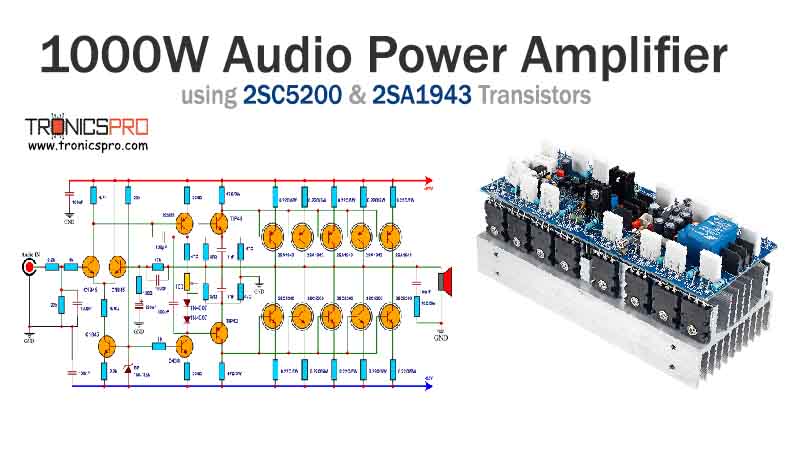
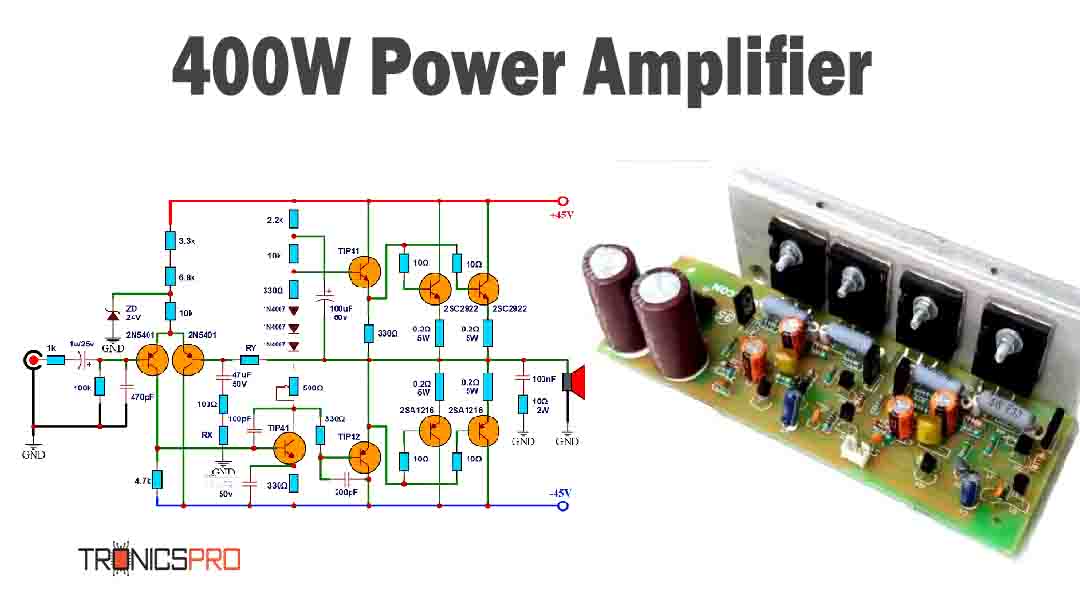
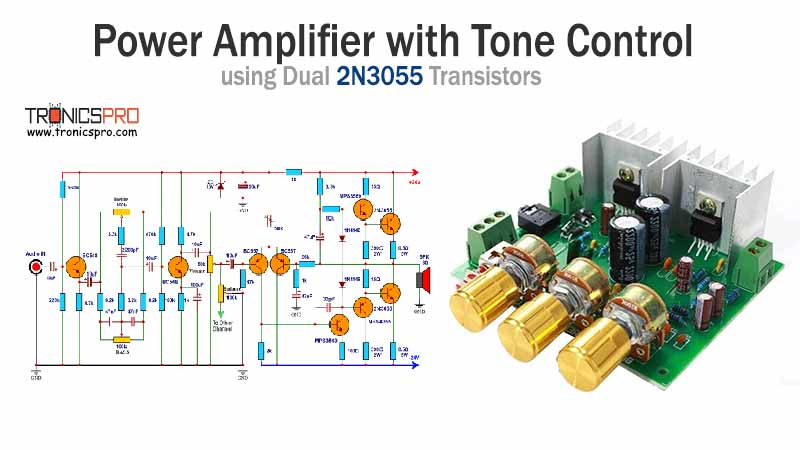
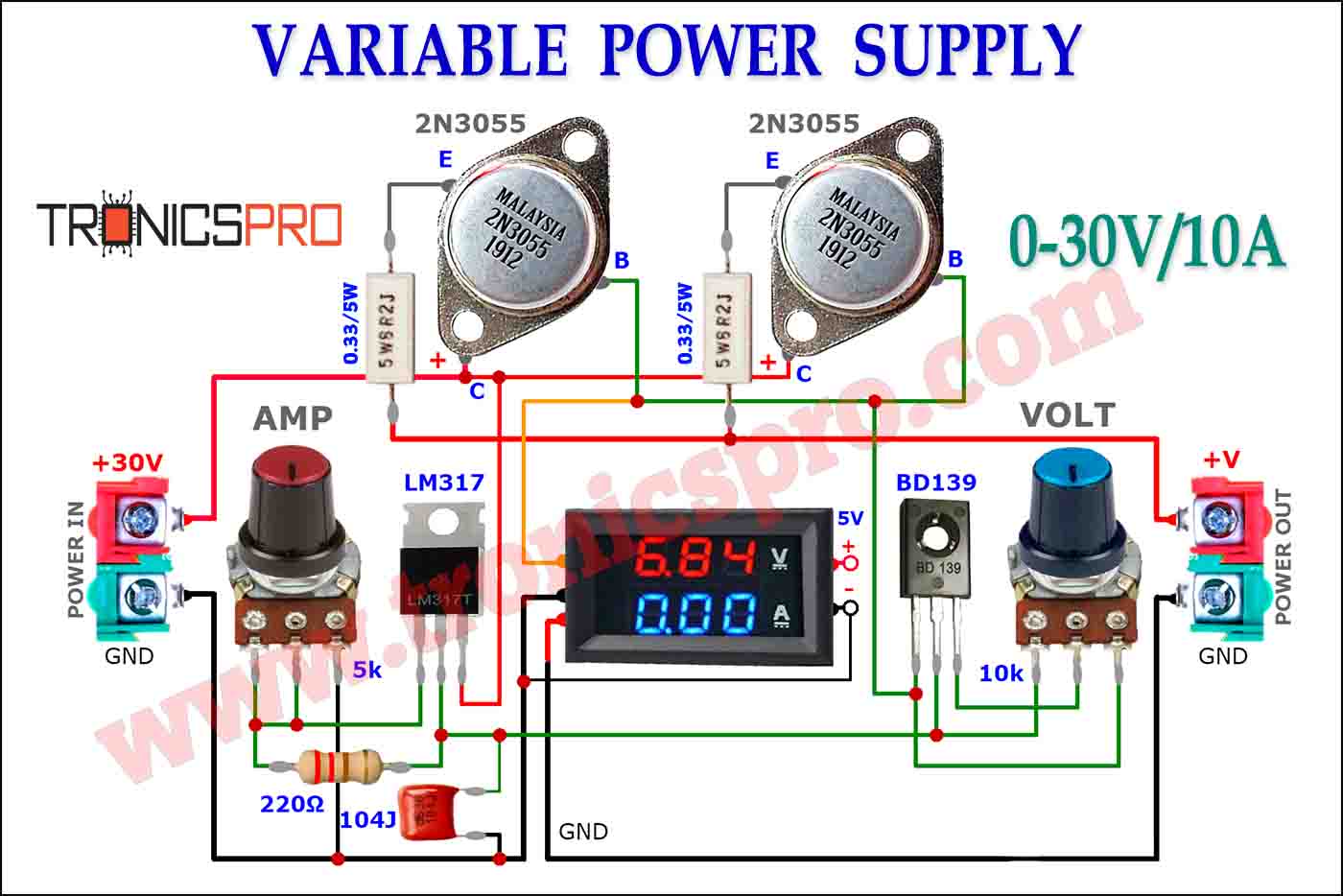
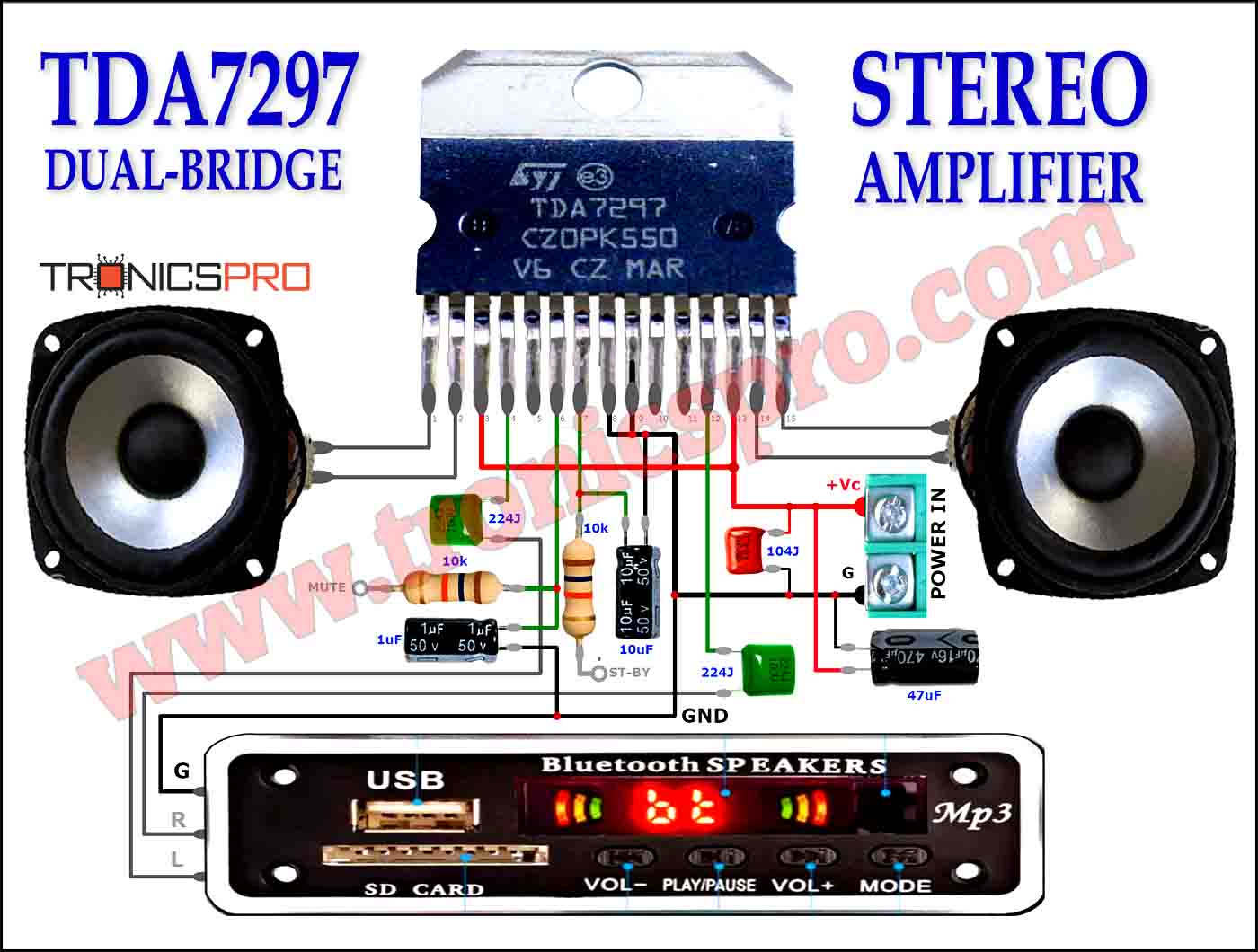
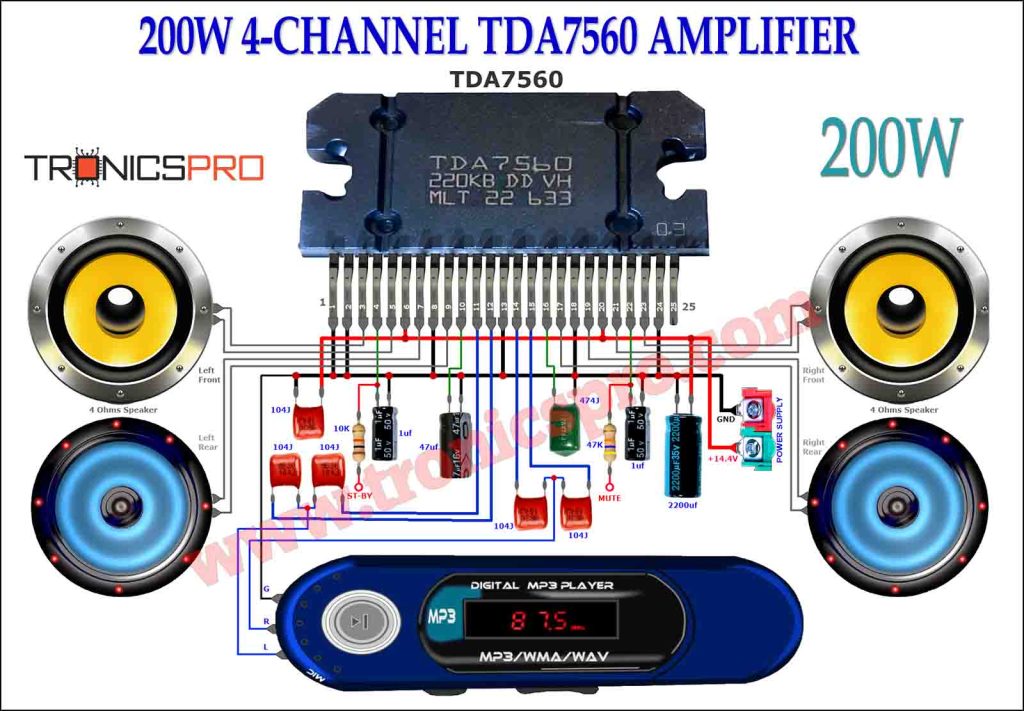
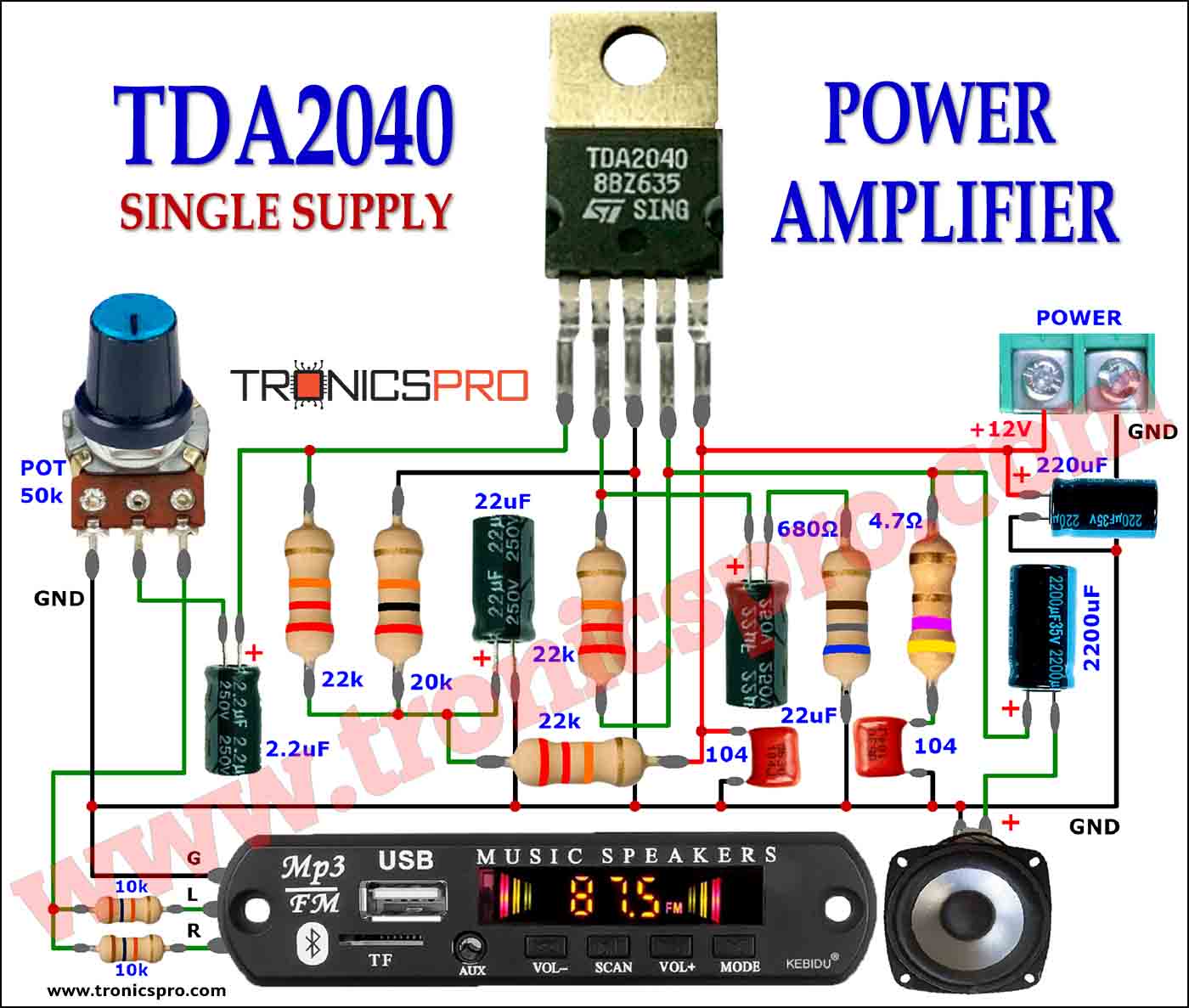
Typical Applications of BD676
- Audio power amplifier output stages
- Relay and solenoid drivers
- Low-side switching circuits
- Motor speed control systems
- Complementary push-pull amplifiers (with BD675)
- Signal and load switching controllers
- Industrial automation and control equipment
NPN Complementary Transistor
The NPN complementary transistor of BD676 is BD675.
Both transistors share similar power ratings, voltage limits, and gain characteristics but with opposite polarity. Used together, BD675 + BD676 form ideal pairs for class B and class AB amplifier stages, enabling efficient push-pull operation and reducing crossover distortion in audio circuits.
Equivalent Transistors and Alternatives
If BD676 is unavailable, several devices with similar ratings and TO-126 packages can act as substitutes.
Equivalent Transistors:
- BD678 (PNP Darlington, higher voltage)
- BD682 (PNP Darlington, enhanced gain)
- TIP127 (PNP Darlington TO-220 version)
- MJE802 (PNP Darlington alternative)
Always check power and voltage ratings before replacing the BD676 to ensure compatibility with your design.
Comparison BD676 vs BD675 Complementary Transistors
The BD676 (PNP) and BD675 (NPN) are perfectly complementary Darlington transistors optimized for paired amplifier and switching applications.
The BD675 conducts when its base is driven positive, while the BD676 conducts when its base is driven negative. This opposite polarity behavior allows them to work in push-pull mode, handling positive and negative halves of an AC signal efficiently.
Both offer high current gain (> 750), similar power ratings (40 W), and voltage tolerance (45 V), but the choice depends on circuit design polarity. Used together, they enable balanced amplification and excellent efficiency in audio and power driver stages.
Frequently Asked Questions (FAQ)
What is the BD676 transistor used for?
The BD676 is used for medium-power switching and audio amplification applications, such as relay drivers and push-pull amplifiers.
What type of transistor is BD676?
It is a PNP Darlington power transistor with high current gain in a TO-126 package.
What is the BD676 pin configuration?
Facing the flat side, the pins from left to right are Emitter (1), Collector (2), Base (3).
What is the complementary transistor for BD676?
The complementary NPN transistor for BD676 is BD675.
Can I use TIP127 instead of BD676?
Yes, TIP127 can serve as an alternative since it is a PNP Darlington with similar voltage and current ratings, though in a TO-220 package.
Conclusion
The BD676 PNP Darlington transistor is a reliable and efficient choice for amplifier and switching designs requiring high current gain and medium power handling. With its TO-126 package and Darlington architecture, it offers excellent thermal performance and stability in both linear and switching applications.
When paired with its NPN complement BD675, it forms a perfect duo for push-pull circuits and audio drivers, delivering balanced signal control and low distortion. The BD676 continues to be a trusted device for engineers and DIY electronics enthusiasts seeking dependable medium-power transistor solutions.
Datasheet of BD676 NPN Transistor
Click the following Button to download the datasheet of BD676 Transistor :
More projects, You may like:
- Video Transmitter DIY Homemade FM Radio Transmitter
- Adjustable Power Supply DIY Battery Charger
- 12V-220V 500 Watt inverter DIY Homemade
- MPPT Solar Charge Controller DIY Homemade
- DIY LA4440 bass amplifier homemade
For more project and circuit diagrams, you can go through the Schematics in the main menu where you can find many interesting projects and circuit diagrams like audio amplifier circuits, voltage booster circuit, battery charger circuit and timer circuits etc., which are all beginner circuit projects. Feel free to check them out!

Thank you for visiting the article.


